“Elephant's foot” at the Chernobyl nuclear power plant is still deadly (8 photos + 1 video)
In 1986, liquidators of the consequences of the accident at the Chernobyl nuclear power plant reached the corridor of the steam distribution system under the destroyed reactor No. 4. There they discovered what later became known as the “elephant’s foot” - an accumulation of nuclear lava, which is rightfully considered the most dangerous waste on the planet. 
The black lava flowing directly from the reactor core releases enough radiation to produce a lethal dose in just 300 seconds, the science journal Nautil reports.
Radiation for 30 seconds is enough to cause dizziness and fatigue. After two minutes bleeding begins, after four - vomiting, diarrhea and fever. 300 seconds - and death will occur in two days.
In April 1986, the worst disaster in the history of nuclear energy occurred when the reactor of the fourth power unit exploded at the Chernobyl nuclear power plant. 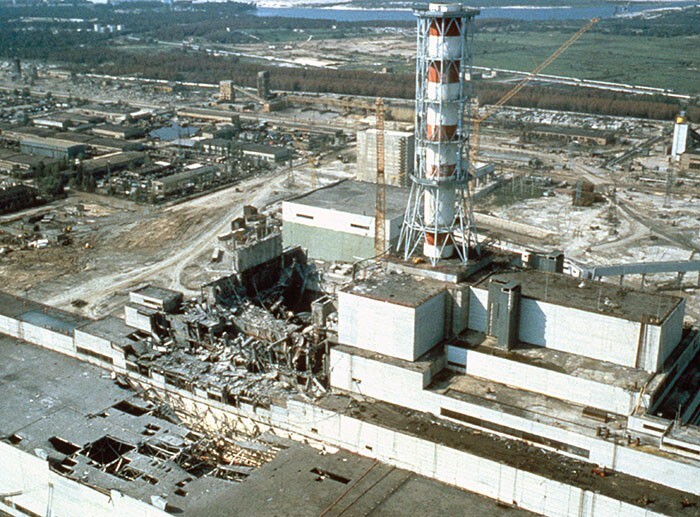
The "elephant's foot" consists of molten concrete, sand, core containment and nuclear fuel - a material called "corium".
It should be noted that corium has formed outside of research laboratories only five times: at Chernobyl, during the Three Mile Island reactor accident in Pennsylvania in 1979, and three times during the Fukushima-1 reactor disaster in Japan in 2011. However, only in Chernobyl was nuclear lava able to escape beyond the reactor.
When the nuclear fires were finally extinguished, liquidators returned to the accident site to build a massive concrete enclosure to isolate the radiation from the outside world.
As a result of the disaster, black lava began to flow directly from the reactor core 
In December 1986, seven months after the accident, liquidators discovered a large (11 tons) mass of the substance. The measuring sensor showed a radiation level that was 20 times higher than the lethal dose for humans.
With great difficulty, it was possible to take samples, and they showed that the substance contained in excess silicon dioxide, uranium, zirconium, titanium, magnesium, graphite and silicate glass. In fact, it is glassy, super-dense nuclear lava.
The deadly black mass became known as the "elephant's foot" 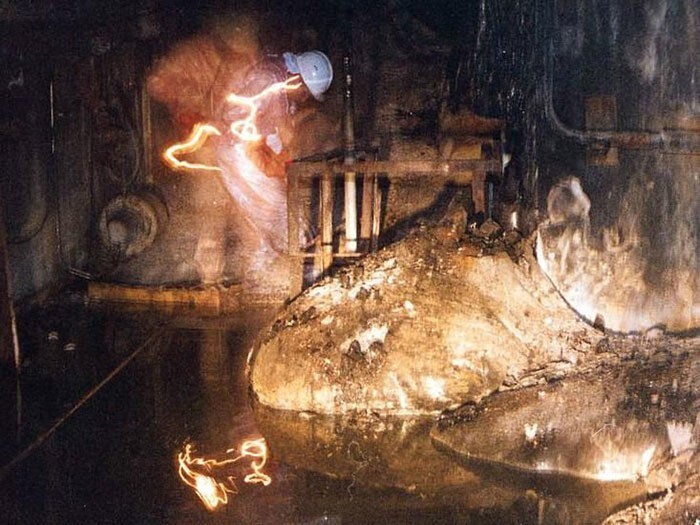
Artur Korneev, deputy director of the Chernobyl New Safe Confinement project, photographed the Elephant's Foot using an automatic camera and a flashlight to illuminate the room.
At this time, ten years after the disaster, the black mass emitted one tenth of the radiation that it had before. And yet, according to Nautil magazine, 500 seconds of exposure to this mass should have resulted in mild radiation sickness, and exposure for more than an hour would have been fatal.
It consists of molten concrete, sand, a core containment shell and nuclear fuel - a material called "corium" 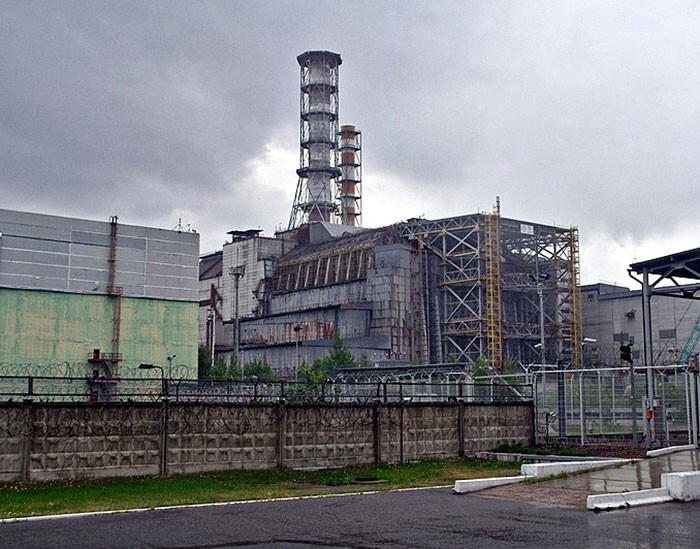
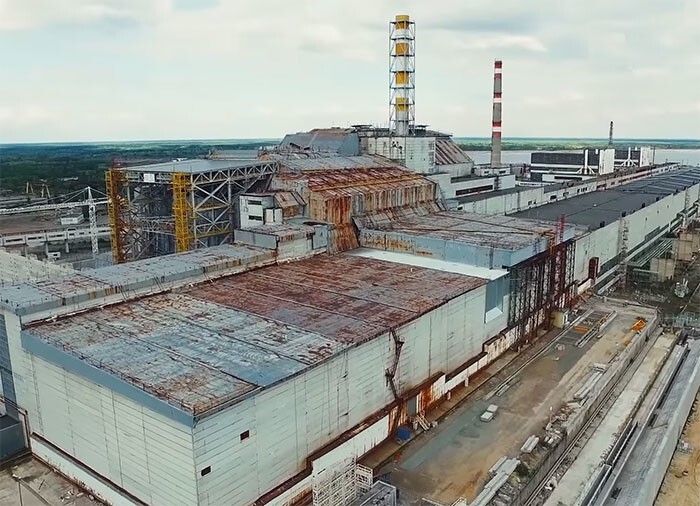
"Elephant's foot" continues to pose a radiation hazard 
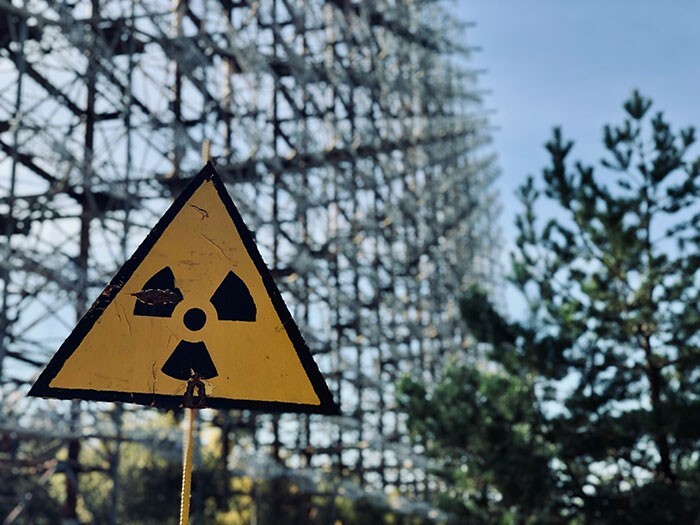
Now, nearly forty years after the Chernobyl nuclear disaster, this piece of waste reportedly remains a highly radioactive site. If it gets into groundwater, it could seep into the drinking water of nearby residents, leading to another tragedy.
“To the extent that corium retains highly radioactive fission products, plutonium and core materials that have become radioactive, corium will have a high dose rate and remain extremely dangerous for many decades or even centuries to come,” says Edwin Lyman, nuclear safety director. energy sector of the non-profit organization Union of Concerned Scientists.






















